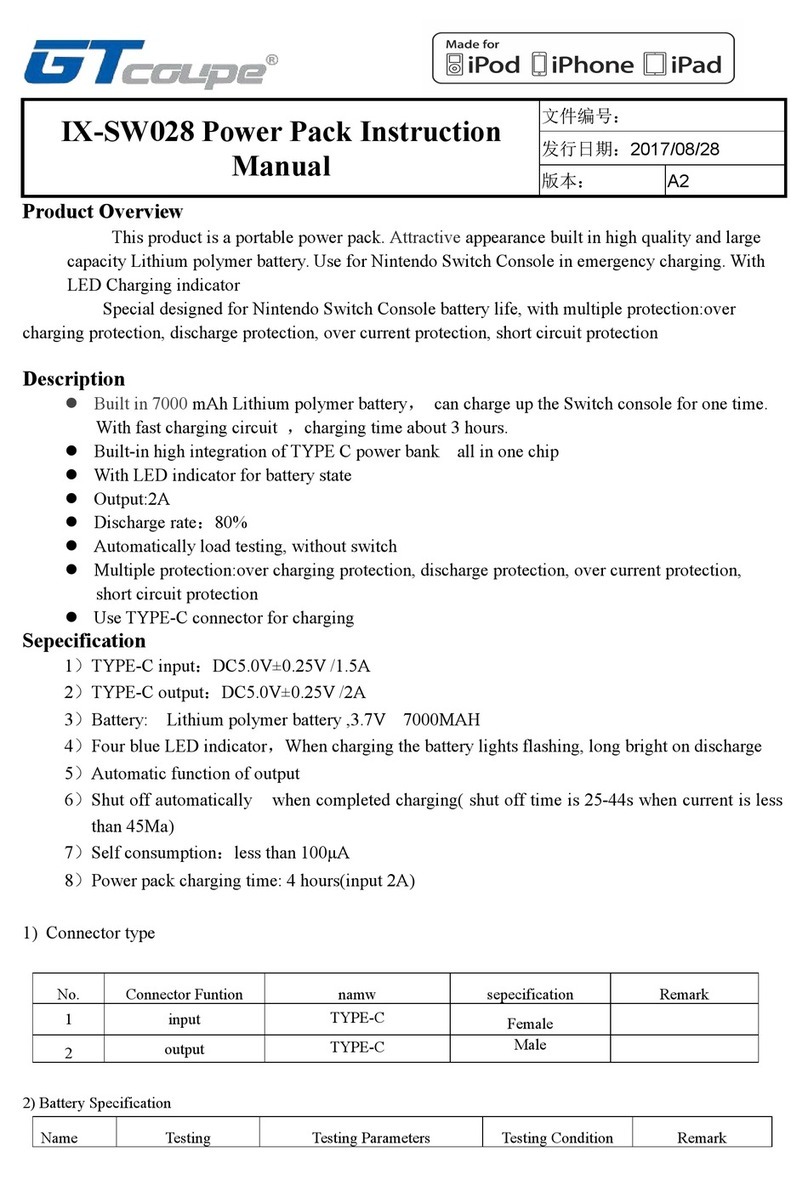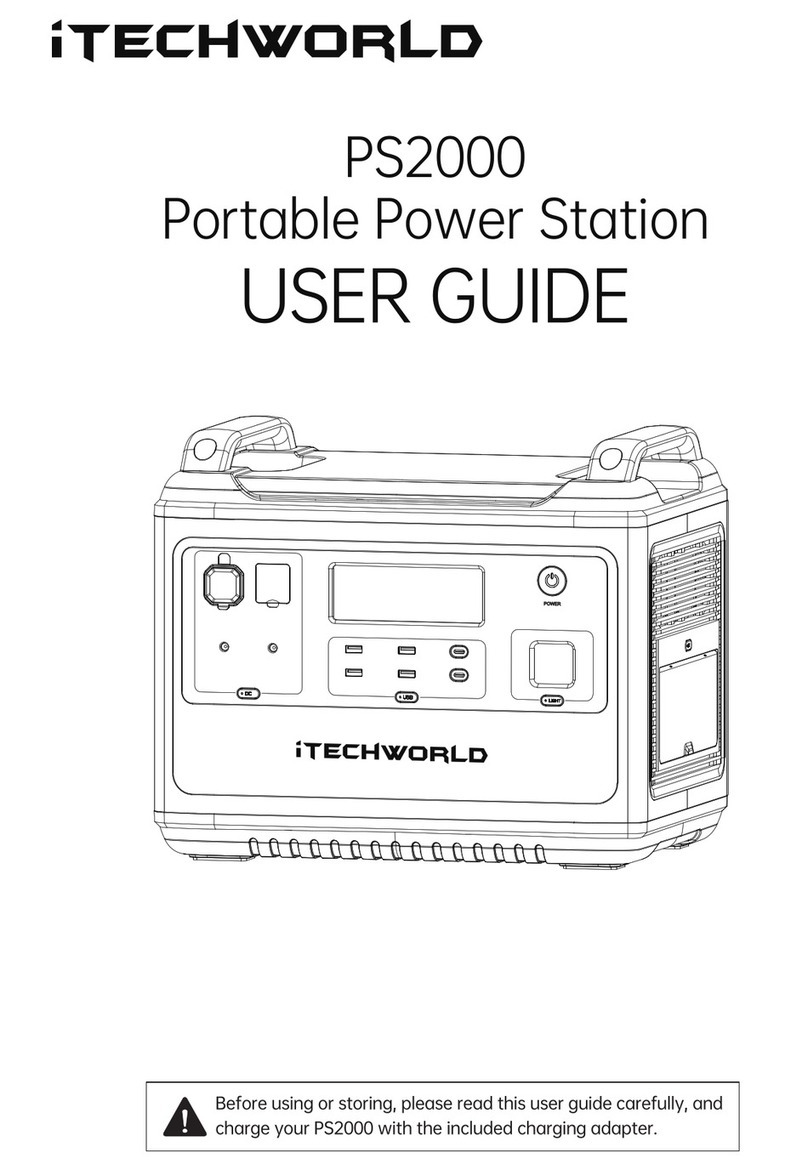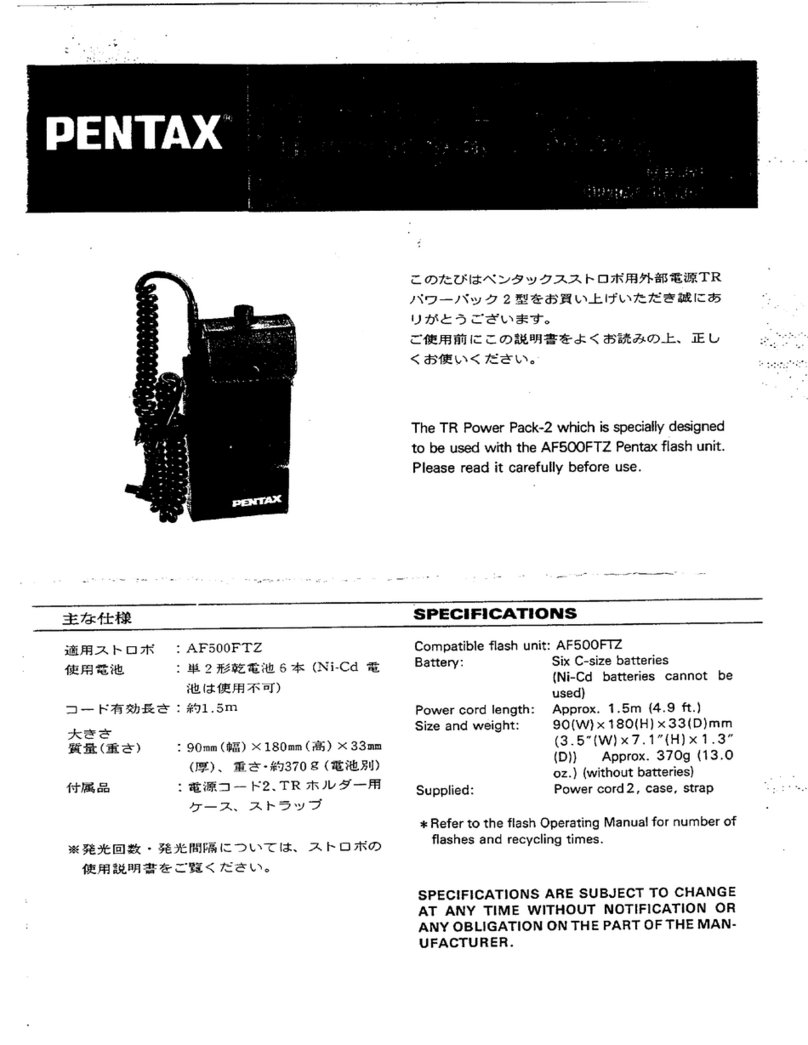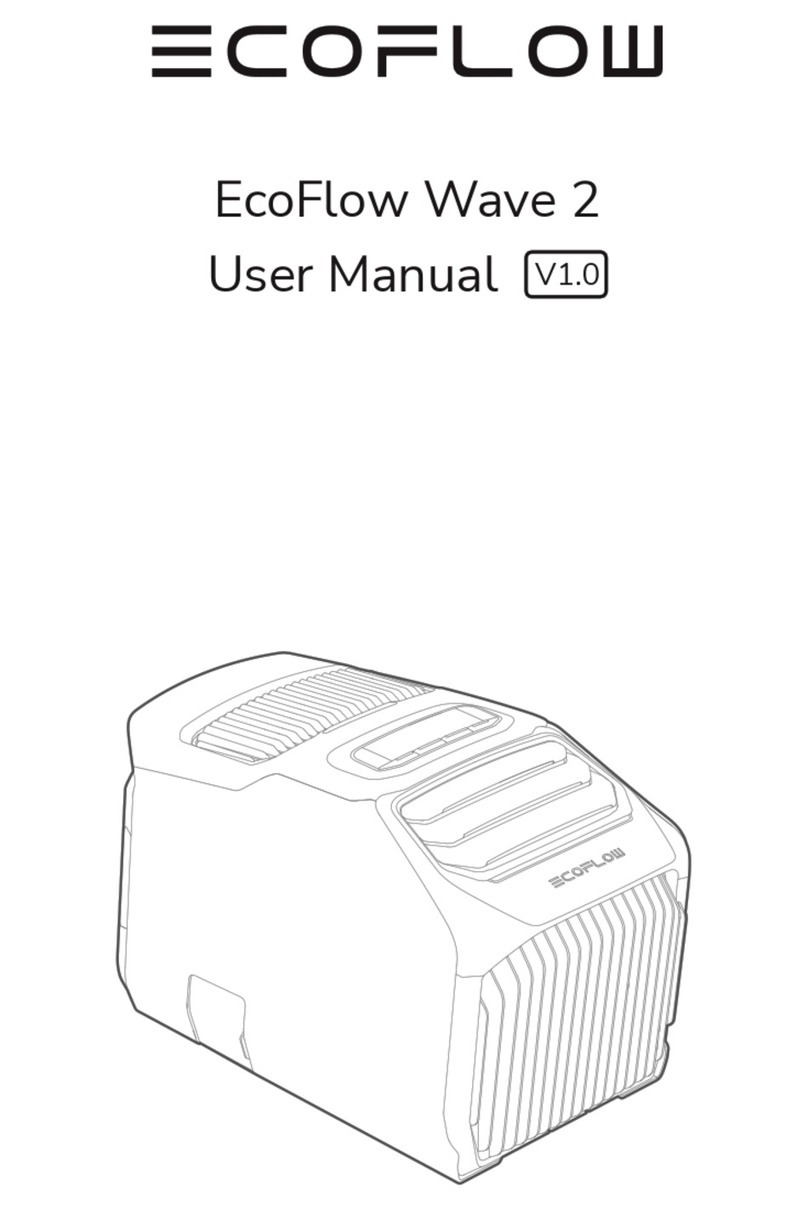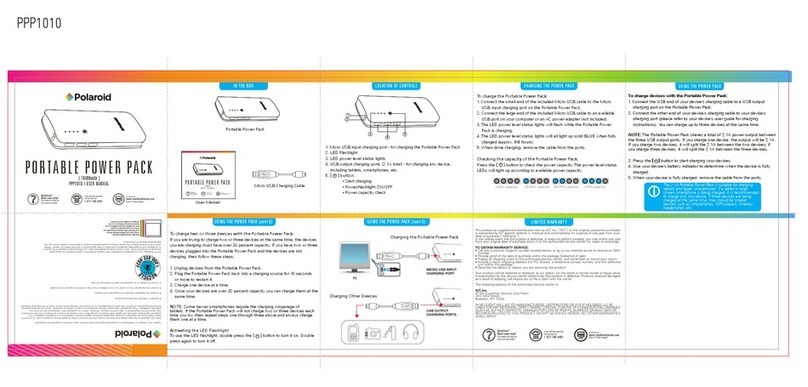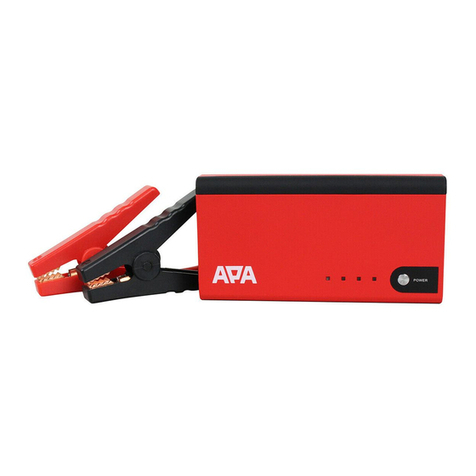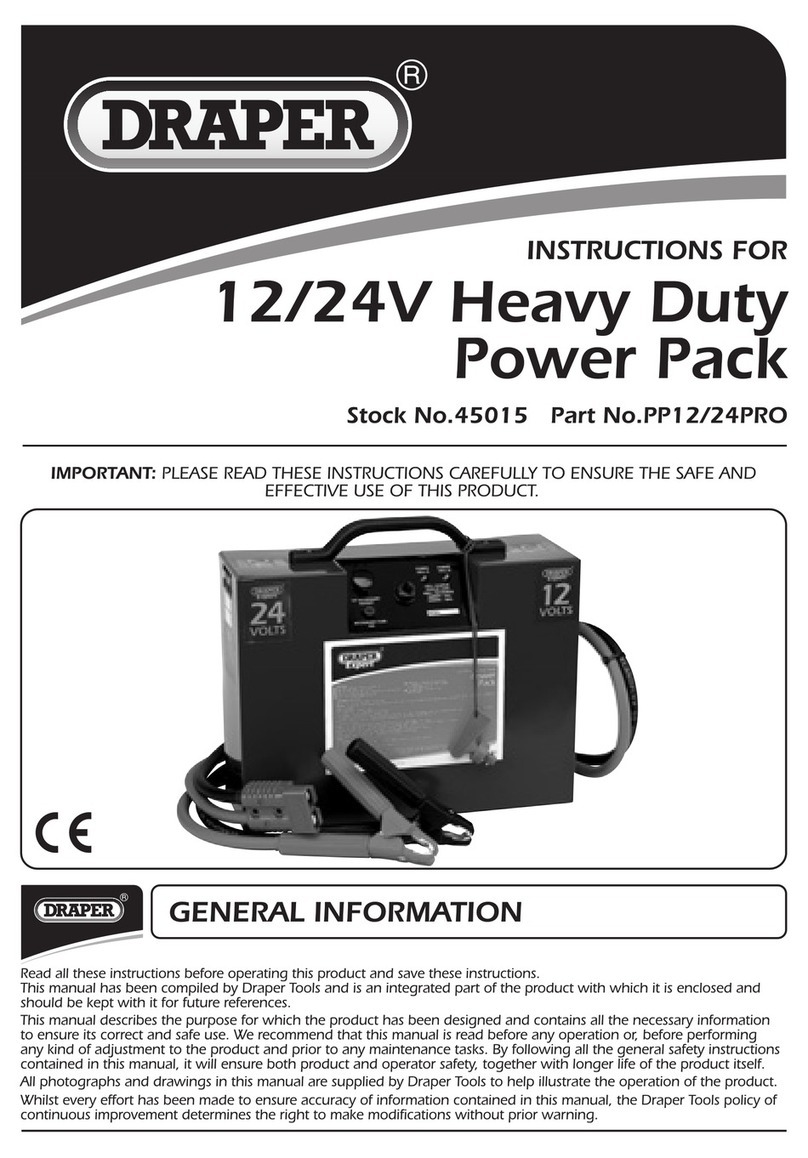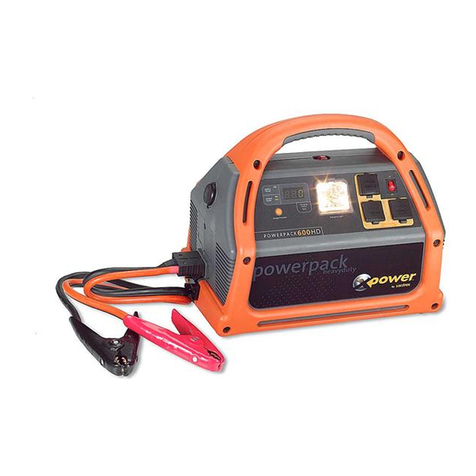
RECOMMANDATIONS IMPORTANTES IMPORTANT RECOMMENDATIONS
! Toutes les cotes indiquées sont exprimées en millimètre.
All dimensions are quoted in mm.
•Power pack assemblies should be:
- installed by a qualified person.
- located in a well ventilated environment, allowing easy access to
control and ancillary equipment (manometer, pressure relief valve,
flow adjustement screw, bleeder cocks, etc.)
- positioned at a lower level than the lowest helm pump on the boat.
•Check that the serviceable voltage on the boat matches the one on the
power pack assembly (motor, electro-valve, etc.) and that the wiring
section is correctly sized in function of your installation.
•The power pack assembly and more particularly the cylinder rod
should be protected against risks of impacts, scratches or other
damages during the installation.
•No impurities are to enter the components of the power pack assembly.
•No foreign body should hinder the cylinder operation (electrical
cables, tubing, earth connection braiding, rigid objects, etc.).
Make sure that the cylinder can move freely and that the bleeder cocks
are accessible, whatever way the cylinder has been installed (ceiling,
floor or bulkhead mounted).
•The mounting areas for the cylinder support plate and the power pack
mounting brackets must be perfectly even and free of foreign bodies.
•The electro-pump must be positioned as close as possible to the boat
lubber line,away from possible water projections.
•Strictly follow the torque indications ( … Nm).
•L'ensemble groupe de pilotage doit :
-êtreinstalléparunepersonneayanttouteslescompétencesrequises.
- être installé dans un environnement bien ventilé, permettant l'accès
aux organes de contrôle et d'utilisation (manomètre, limiteur de
pression, réglagedébit, purgeurs,etc.).
- être placé à un niveau inférieur à celui de la pompe de direction la
plus basse.
•Vérifierquelatensiond'alimentationcorrespondàcelledesorganesde
l'ensemblegroupedepilotage(moteur,électrovanne,etc.)etquela
sectiondecâblagesoitdimensionnéeenfonctiondevotreinstallation.
•Pendant toute la durée d’installation, protéger l'ensemble groupe de
pilotage, et plus particulièrement la tige du vérin contre tout risquede
choc, de rayure ou de toutautre type de dégradation.
•Aucune impureté ne doit pénétrer à l’intérieur de l'ensemble groupe
de pilotage.
•Aucun élément étranger ne doit entraver le bon fonctionnement du
vérin (câblage électrique, tuyaux, tresses de masse, objets rigides,
etc.).
S’assurer que le vérin reste libre dans tous ses déplacements et que,
quel que soit le montage (plancher, plafond, cloison), les purgeurs
soient accessibles.
•La surface d'appui des paliers ou pattes de fixation groupe et vérin
doivent être parfaitement planes, sans corps étrangers.
•Le groupe électro-pompe doit être placé au plus prèsde la ligne de
foi du bateau et à l’abri de toutes projections d’eau.
•Il est impératif de respecter les couples de serrage indiqués ( …
Nm).
2



